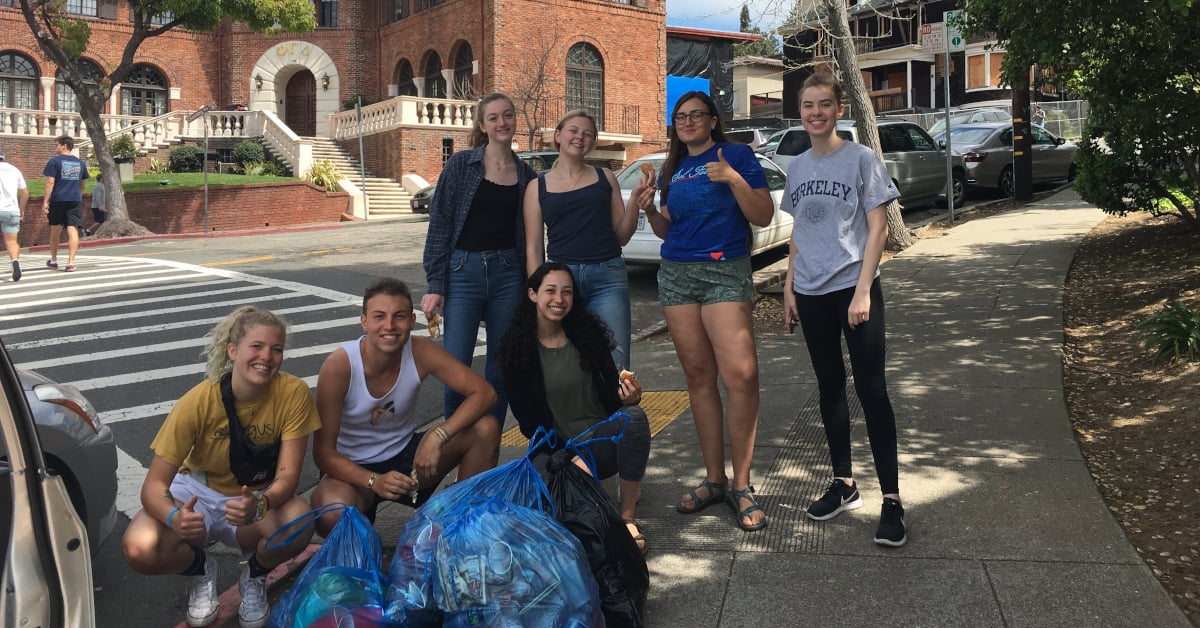The General Plan: Time for a "Surgical" Intervention?
A General Plan can be defined as a plan for a city, county or area which establishes zones for different types of development, uses, traffic patterns, and future development. Costs associated with comprehensive General Plan Updates (GPU) and their corresponding Environmental Impact Reports (EIRs) continue to escalate. While the state of California passes new laws that local governments must conform to by updating their General Plans, funds from state planning grants and sources other than local general funds are limited and inadequate to cover these costs. Most local governments must rely on the general fund to find the revenue necessary to cover those costs. Given these realities, one can’t help but wonder: is it time for a General Plan intervention that will strip away obsolete mandatory elements, and conserve funds for local governments to focus on compliance with new state laws, important community growth, and sustainability issues?
By Tom Holm
October 10, 2013
 A General Plan can be defined as a plan for a city, county or area which establishes zones for different types of development, uses, traffic patterns, and future development. Costs associated with comprehensive General Plan Updates (GPU) and their corresponding Environmental Impact Reports (EIRs) continue to escalate. While the state of California passes new laws that local governments must conform to by updating their General Plans, funds from state planning grants and sources other than local general funds are limited and inadequate to cover these costs. Most local governments must rely on the general fund to find the revenue necessary to cover those costs. Given these realities, one can’t help but wonder: is it time for a General Plan intervention that will strip away obsolete mandatory elements, and conserve funds for local governments to focus on compliance with new state laws, important community growth, and sustainability issues?
A General Plan can be defined as a plan for a city, county or area which establishes zones for different types of development, uses, traffic patterns, and future development. Costs associated with comprehensive General Plan Updates (GPU) and their corresponding Environmental Impact Reports (EIRs) continue to escalate. While the state of California passes new laws that local governments must conform to by updating their General Plans, funds from state planning grants and sources other than local general funds are limited and inadequate to cover these costs. Most local governments must rely on the general fund to find the revenue necessary to cover those costs. Given these realities, one can’t help but wonder: is it time for a General Plan intervention that will strip away obsolete mandatory elements, and conserve funds for local governments to focus on compliance with new state laws, important community growth, and sustainability issues?
It was not that long ago that a comprehensive update of the General Plan merely included seven (7) mandatory elements: Land Use, Circulation, Housing, Open Space, Conservation, Noise, and lastly, Safety/Seismic Safety. General Plans can also include optional elements such as Economic Development or Community Design thrown in for good measure. Add a zoning ordinance rewrite that must also conform to the GPU and costs of this undertaking could approach or exceed $1 million depending on the size of the jurisdiction.
Changes in state law that have occurred within the last 5 years involving air quality, climate change, complete streets, and the elimination of redevelopment agencies have triggered the need for many communities in California to bring their General Plans into compliance with those laws, contributing to rising costs and further depletion of general funds. Add to the GPU growing list of noteworthy elements such as Growth Management, Healthy Communities, Hazard Management, Energy, and Public Services/Infrastructure elements, and one is left to wonder whether the General Plan is about to reach a tipping point, and in danger of collapsing under its own weight.
While there is an emerging consensus among practicing planners that the General Plan must be ‘transformed’ to address the contemporary issues of Sustainability, Mobility, and Infill Development, the transformation also needs to embrace a ‘surgical’ approach. As in a surgery, certain elements of General Plans must be removed so that cities and counties can prepare them more efficiently and cost-effectively.
The surgical approach starts with a review and audit of the mandatory General Plan elements. For many communities, there is little value in repeatedly reviewing and updating elements that are rarely subject to public policy change and that duplicate existing established state and local codes. Aspects of the General Plan that are found to be obsolete, unnecessary, or contribute disproportionately to rising costs of GPUs (and the GPU EIR) should be addressed through revising the General Plan law to make it streamline the process of updating general plans.
Where GPU funding is constrained at the local level, priority should be given to provisions of the General Plan that are necessary for compliance with state laws. Additionally, city and county governments must also prescribe a strategy for focused updates to the General Plan to address those specific necessary provisions. This involves assessing the potential to limit the update to addressing those specific provisions and confining the scope of the CEQA compliance document to just those changes.
In so doing city and county governments can focus the General Plan on the truly important issues affecting their communities, create ‘cap space’ for newer provisions of the General Plan that need to be brought into compliance with state law, and limit the expense and risks associated with comprehensive General Plan Updates.
General Plan Updates must be tailor-made for each county and city. By making General Plan Updates focus on the unique needs and characteristics of each city and county, local government units will be able to effectively and efficiently use their funds in creating useful plans and updates.
FirstCarbon Solutions (FCS) has extensive experience in preparing EIRs for cities and counties around California. Click on the button below to find out how FCS can help you prepare GPU EIRs efficiently and cost-effectively.
Related Articles
Environmental Impacts, CEQA, Environmental Planning
By Adrienne Garcia on March 10, 2020
Environmental Impacts | Sustainability | Forests | Organization
By Kevin Bolland on December 23, 2019
Environmental Impacts | Environmental Assessments | CEQA | Environmental Planning | city planning
By Madelyn Dolan on July 23, 2019
Environmental Planning | FCS
Be a sustainability leader.
Our team supports you no matter where you are on your Sustainability Journey. Talk to us today to learn more.





